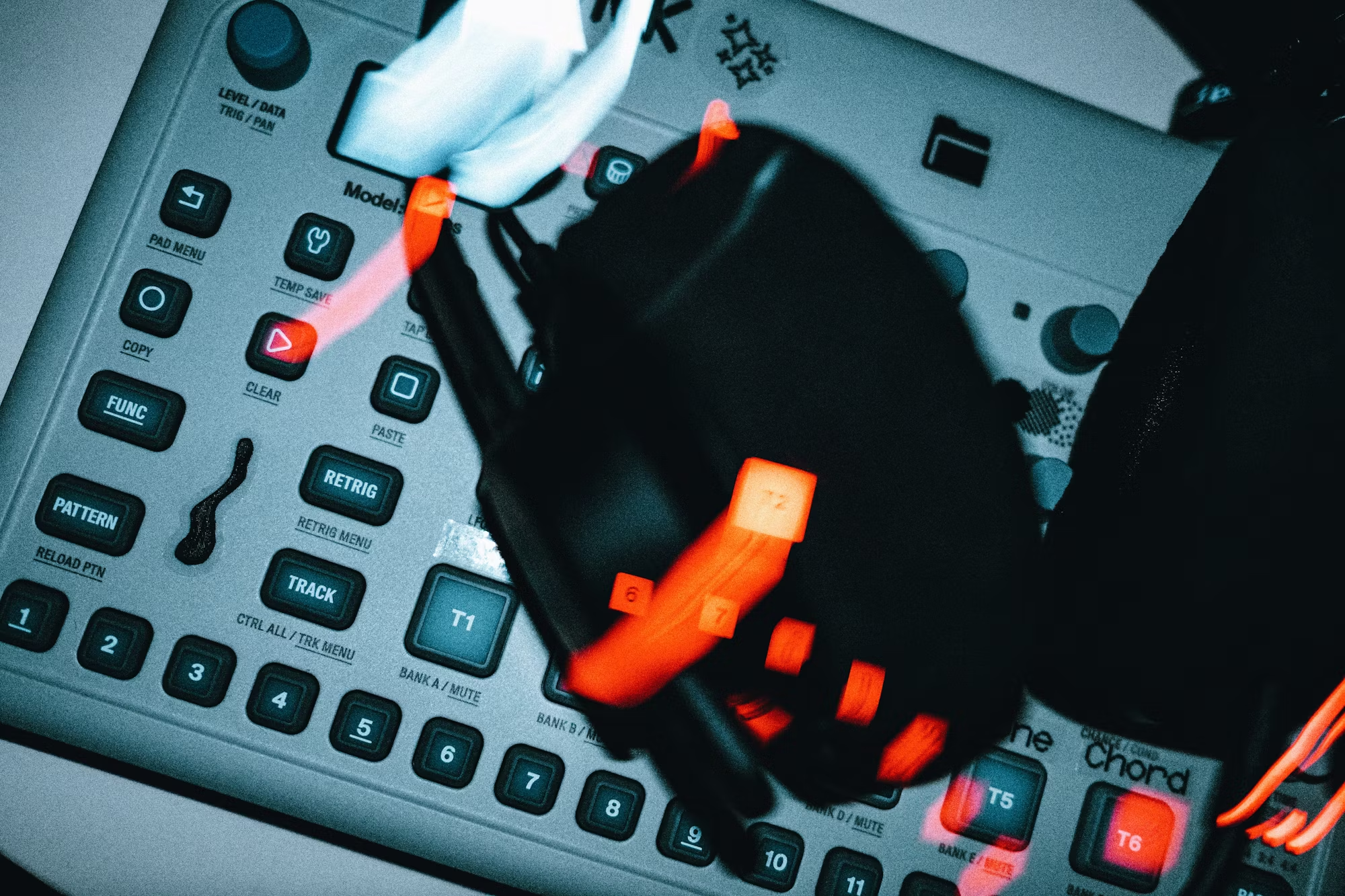Trance music, known for its emotive melodies and captivating rhythms, has carved out a significant niche in the electronic dance music (EDM) landscape. Originating in the late 1980s and early 1990s, trance has evolved through various phases, integrating influences from different genres while spawning several subgenres. This article explores the rich history and evolution of trance music, highlighting key milestones, influential artists, and the genre’s future prospects.
The roots of trance can be traced back to the German techno scene, where it emerged as a distinct genre characterized by repetitive beats and melodic elements. Early pioneers like Klaus Schulze and Tangerine Dream experimented with synthesizers and sequencers, laying the groundwork for what would later become trance. By the early 1990s, trance began to gain momentum, particularly in Europe, with the release of tracks that showcased its signature uplifting sound.
One of the defining moments in trance music history was the release of “Energy 52’s Café Del Mar” in 1993. This track became a massive hit and is often regarded as a classic within the genre. Its ethereal melodies and driving basslines encapsulated the essence of trance and set the stage for the explosion of the genre in the following years. As the rave culture began to take hold, trance music found its place in clubs and festivals, attracting a dedicated fan base.
The late 1990s marked a significant turning point for trance, as it began to diversify into various subgenres. Progressive trance emerged during this time, characterized by its gradual build-ups and complex arrangements. Artists like Sasha and John Digweed were instrumental in popularizing this sound, pushing the boundaries of traditional trance while incorporating elements from house and techno.
Another notable subgenre is uplifting trance, which emphasizes emotional melodies and euphoric build-ups. Artists such as Armin van Buuren, Paul van Dyk, and Ferry Corsten became synonymous with uplifting trance, creating anthemic tracks that resonated with audiences worldwide. Their ability to craft powerful melodies and captivating breakdowns helped elevate trance to new heights, solidifying its status as a dominant force in the EDM scene.
As trance music continued to evolve, the early 2000s saw the rise of harder styles, such as tech trance and psytrance. Tech trance combined elements of techno with the melodic sensibilities of trance, resulting in a more driving and energetic sound. Artists like Mauro Picotto and Marco V exemplified this style, bringing a new level of intensity to the genre. Psytrance, on the other hand, emerged from the Goa trance scene, characterized by its psychedelic elements and fast-paced rhythms. Artists like Infected Mushroom and Astrix became pioneers of this subgenre, gaining a massive following in the global electronic music community.
The 2010s brought about a resurgence in the popularity of trance, thanks in part to the rise of social media and streaming platforms. Artists like Above & Beyond and Gareth Emery used these platforms to connect directly with their fans, fostering a sense of community around their music. The release of the Anjunabeats label compilation albums showcased the talents of emerging artists while honoring the genre’s rich history.
Additionally, the integration of trance elements into mainstream pop music has contributed to its revival. Collaborations between trance producers and pop artists have resulted in chart-topping hits that resonate with a wider audience. Tracks like “This Is What It Feels Like” by Armin van Buuren featuring Trevor Guthrie exemplify this crossover appeal, bridging the gap between EDM and mainstream music.
The future of trance music looks promising as new generations of artists continue to push the genre’s boundaries. With advancements in technology and production techniques, the possibilities for innovation are endless. Young producers are exploring fresh sounds and incorporating diverse influences, resulting in exciting new tracks that reflect the evolving landscape of electronic music.
Moreover, the trance community remains as passionate as ever, with festivals dedicated solely to the genre. Events like A State of Trance and Dreamstate have become essential gatherings for trance enthusiasts, showcasing both established artists and emerging talent. These festivals provide a platform for fans to connect with their favorite artists while celebrating the music they love.
In conclusion, the evolution of trance music is a testament to its enduring appeal and adaptability. From its humble beginnings in the techno scene to its current status as a vibrant and diverse genre, trance has continually transformed while remaining true to its roots. As artists continue to explore new sounds and collaborate across genres, the future of trance holds exciting possibilities, ensuring its place in the ever-changing landscape of electronic dance music.



